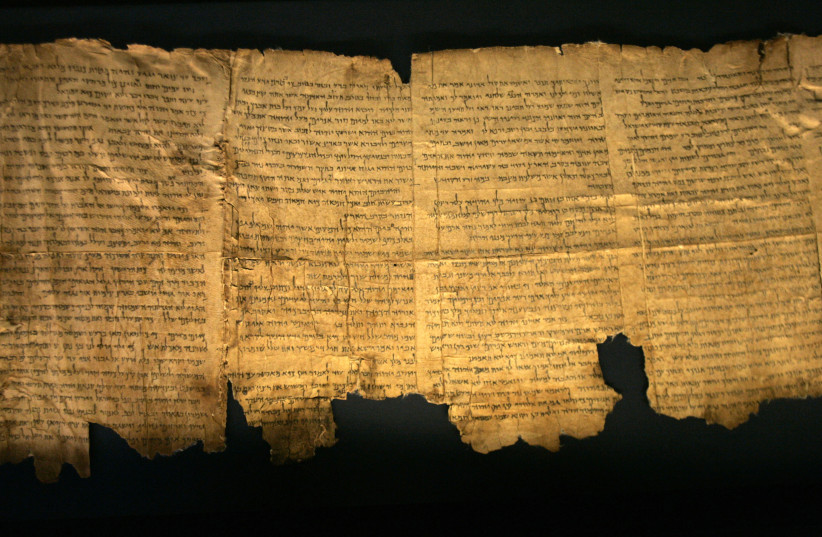 Upamiętnienie papierosiarzy z placu Trzech Krzyży
Upamiętnienie papierosiarzy z placu Trzech Krzyży
Zespół projektu „Papierosiarze z placu Trzech Krzyży”: Anna Cukierman-Podgórska, Aleksandra Fafius, Tomek Jędrczak, Elżbieta Magenheim, Sebastian Tkacz, Agata Żurowska
Członkowie i sympatycy Gminy Wyznaniowej Żydowskiej w Warszawie, pragnąc upamiętnić losy grupy żydowskich dzieci, które dzięki swojej niezwykłej odwadze przeżyły drugą wojnę światową, zainicjowali projekt umieszczenia pamiątkowej tablicy na ścianie kamienicy Instytutu Głuchoniemych na placu Trzech Krzyży w Warszawie. Patronem Honorowym upamiętnienia jest prezydent m.st. Warszawy Rafał Trzaskowski. Niemal nieznana w Polsce historia sierot i uciekinierów z getta, którą Józef Ziemian opisał po wojnie w książce „Papierosiarze z placu Trzech Krzyży”, powinna zostać zachowana w pamięci mieszkańców miasta.
– Znam te wydarzenia z tamtych czasów. Mimo całej grozy i dziwności stosunków okupacyjnych była to jedyna zadziwiająca nas sprawa – napisał Marek Edelman w przedmowie do drugiego wydania książki „Papierosiarze z placu Trzech Krzyży”.

Mali żydowscy bohaterowie czasów drugiej wojny światowej
– Historia papierosiarzy to jeden z nielicznych, a być może jedyny przykład tak dużej grupy dzieci, które po ucieczce z getta przeżyły wojnę dzięki swojej odwadze, pomysłowości i solidarności – mówi Elżbieta Magenheim, członek Zarządu Gminy Wyznaniowej Żydowskiej w Warszawie, jedna z inicjatorek upamiętnienia papierosiarzy.
Mali uciekinierzy z Getta Warszawskiego po aryjskiej stronie utrzymywali się ze sprzedaży Niemcom – oficerom, szeregowym żołnierzom, a także pracownikom SS i Gestapo – papierosów oraz gazet na placu Trzech Krzyży. Ich odwaga i determinacja dawały im zarobek i alibi. Niemcy nie przypuszczali, że papierosiarze są Żydami. Dzieci nocowały w krzakach, ruinach, pustych piwnicach i klatkach schodowych. Czasami pomagały im polskie kobiety – dożywiały je, a niekiedy dawały schronienie.
W październiku 1943 roku na papierosiarzy natrafił młody uciekinier z getta – Józef Ziemian (Zysman), który z ramienia Żydowskiego Komitetu Narodowego otoczył dzieci opieką. Załatwiał fałszywe kenkarty potwierdzające polską narodowość, przekazywał pieniądze i odzież. Po wybuchu Powstania Warszawskiego dzieci pozostały w stolicy i wiele z nich wzięło udział w walkach. Dziewczęta były sanitariuszkami i łączniczkami, chłopcy walczyli w różnych oddziałach, a ich bohaterstwo było opisywane w gazetkach powstańczych. Po upadku Powstania Warszawskiego dzieci trafiły do obozów, a po zakończeniu wojny większość wyjechała do Izraela.
Pamiątkowa tablica
– Grupa członków i sympatyków Gminy Wyznaniowej Żydowskiej w Warszawie uważa, że losy papierosiarzy zasługują na zachowanie w pamięci mieszkańców Warszawy. Dlatego zainicjowaliśmy projekt umieszczenia tablicy pamiątkowej na ścianie zabytkowej kamienicy Instytutu Głuchoniemych na placu Trzech Krzyży – mówi Elżbieta Magenheim.
Tablicę, harmonizującą z architekturą placu Trzech Krzyży, zaprojektował profesor Akademii Sztuk Pięknych dr hab. Antoni Grabowski. Jest na niej tekst w trzech językach: polskim, angielskim i hebrajskim. Tekst polski będzie wypukły, pozostałe dwa wklęsłe. Obok tablicy zostanie umieszczony kod QR, prowadzący do strony internetowej, na której będą przedstawione losy dzieci i upamiętnieni pomagający im Polacy.
Członkowie i sympatycy Gminy Wyznaniowej Żydowskiej w Warszawie zorganizowali zbiórkę pieniędzy na platformie zrzutka.pl i zapraszają do finansowego wsparcia, a także przybliżenia światu dziecięcej historii z czasów drugiej wojny światowej z pozytywnym zakończeniem. Warto i trzeba się nią dzielić.
Szczegółowe informacje i zbiórka pieniędzy: https://zrzutka.pl/z/papierosiarze
Rada Honorowa i Patroni projektu „Papierosiarze z placu Trzech Krzyży”
Projekt upamiętnienia papierosiarzy z placu Trzech Krzyży jest długofalowy. Równolegle z działaniami prowadzącymi do umieszczenia tablicy pamiątkowej na ścianie zabytkowej kamienicy Instytutu Głuchoniemych będą realizowane akcje edukacyjne i artystyczne.
Powstała Rada Honorowa projektu „Papierosiarze z placu Trzech Krzyży”, którego członkami są: Krystyna Budnicka, Elżbieta Ficowska, Marian Kalwary, Joanna Sobolewska-Pyz, Marian Turski.
Patronatem Honorowym projekt objęli Prezydent m.st. Warszawy Rafał Trzaskowski i Ambasada Izraela.
Patronami są: Stowarzyszenie „Dzieci Holocaustu” w Polsce, Stowarzyszenie Żydowski Instytut Historyczny, Burmistrz Dzielnicy Śródmieście m.st. Warszawy.
Partnerami merytorycznymi projektu jest Muzeum Warszawy, a partnerami medialnym Tygodnik „Polityka” i „Gazeta Stołeczna”.
Lektura szkolna w Izraelu
Józef Ziemian, który pomagał papierosiarzom z placu Trzech Krzyży przeżył wojnę i dwa lata po jej zakończeniu spisał swoje wspomnienia. Fragmenty były publikowane na łamach łódzkiego „Nowego Słowa” w latach 1948-1949. Pełna wersja książki ukazała się w 1963 roku w Izraelu, w którym obecnie „Papierosiarze z placu Trzech Krzyży” są lekturą szkolną. W Polsce książkę wydano w 1989 roku w podziemnym wydawnictwie Nowa i w roku 1995 w łódzkiej Oficynie Bibliofilów.
– Jednego dnia przysłano mi maszynopis „Papierosiarzy z placu Trzech Krzyży”. Zacząłem to czytać i popadłem w zachwyt. (…) Wydała się ona mnie i kolegom recenzentom jakimś apokryfem, strzępem legendy, szlachetnym zmyśleniem jeszcze jednego epizodu ostatniej wojny – fragment ze wstępu Tadeusza Konwickiego do pierwszego polskiego wydania „Papierosiarzy z Placu Trzech Krzyży”.
„Papierosiarze z palcu Trzech Krzyży” w mediach społecznościowych
Zapraszamy do odwiedzenia fanpage projektu na Facebooku:
https://www.facebook.com/Papierosiarze-z-placu-Trzech-Krzy%C5%BCy-101527785266114
Zespół projektu „Papierosiarze z placu Trzech Krzyży”: Anna Cukierman-Podgórska, Aleksandra Fafius, Tomek Jędrczak, Elżbieta Magenheim, Sebastian Tkacz, Agata Żurowska
Kontakt:
Biuro Komunikacji Społecznej
Marta Guze-Korszyńska
t: 798 561 946
Aleksandra Laskowska
t: 512 250 256
Zawartość publikowanych artykułów i materiałów nie reprezentuje poglądów ani opinii Reunion’68,
ani też webmastera Blogu Reunion’68, chyba ze jest to wyraźnie zaznaczone.
Twoje uwagi, linki, własne artykuły lub wiadomości prześlij na adres:
webmaster@reunion68.com



